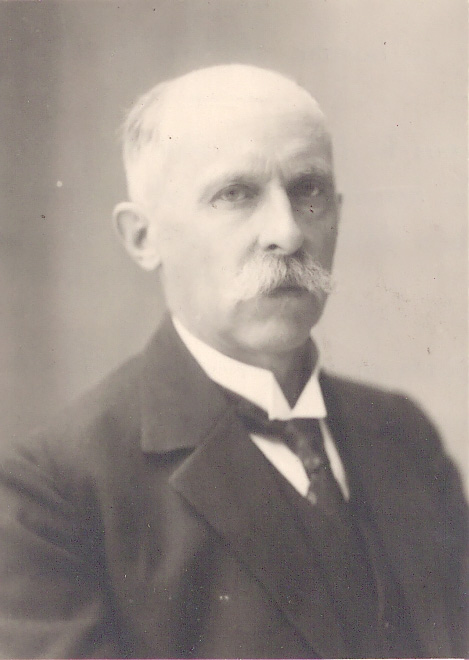Leonard Misonne (1870-1943) was a Belgian photographer. Misonne was born on July 1, 1870, in Gilly, Belgium, his lifelong home.
Misonne was the seventh son of Louis Misonne, lawyer and industrialist, and Adele Pirmez. He studied mining engineering at the Catholic University of Louvain, but never worked as an engineer. Still a student, he became interested in music, painting and from 1891, in photography which he started to work on exclusively from 1896.
Misonne made several trips to Switzerland, Germany and France. He made himself known with his retouched lighting effects.
"The subject is nothing, light is everything," he said. Misonne was known for his sense of creating an atmosphere, but his approach is labeled from an artistic point of view as conservative and sentimental.
His blurred effects, like the impressionist's approach, earned him the nickname of the
"Corot of photography".
Misonne first worked mainly with the process of photography obtained from a suspension of silver bromide in gelatin that he learned in 1910 in Paris from the famous photographer
Constant Puyo. Then he became an internationally renowned leader in Pictorialism and a well-known figure in avant-garde circles. Most of his shots were taken in Belgium and the Netherlands; they are mainly landscapes, sometimes scenes of beaches and views of Ghent and Antwerp.
Misonne suffered from a severe form of asthma and died from it in 1943, in Gilly, Belgium.
Source: Wikipedia
Misonne said,
“The sky is the key to the landscape.” This philosophy is clear in many of Misonne’s images, often filled with billowing clouds, early morning fog, or rays of sunlight. The artist excelled at capturing his subjects in dramatic, directional light, illuminating figures from behind, which resulted in a halo effect. Favoring stormy weather conditions, Misonne often found his subjects navigating the streets under umbrellas or braced against the gusts of a winter blizzard.
Misonne’s mastery of the various printing processes that he used is evidenced by the fine balance between what has been photographically captured and what has been manipulated by the artist’s hand in each print. To perfect this balance, Misonne created his own process, called mediobrome, combining bromide and oil printing.
The artist’s monochromatic prints in both warm and cool tones convey a strong sense of place and time, as well as a sense of nostalgia for his familiar homeland. Whether the subject is a city street or a pastoral landscape, the perfect light carefully captured by Misonne creates a serene and comforting scene reminiscent of a dreamscape.
Source: The Eye of Photography
